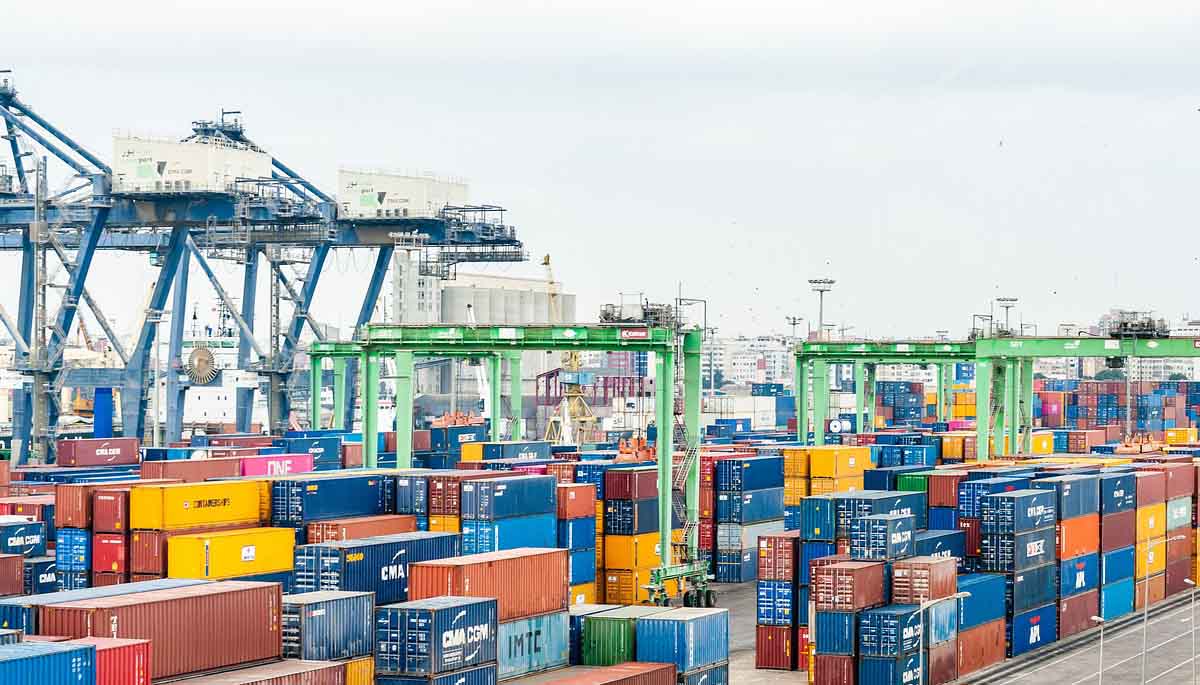The process of sea freight forwarding can seem daunting to those unfamiliar with it. However, the process can be much smoother with a bit of understanding and organization. Because of their expertise, ocean forwarders can handle any shipment with ease and have the connections to secure competitive prices from shipping companies.
This article will outline the 7 steps involved in sea freight forwarding. By following these steps, you can ensure that your cargo arrives at its destination safely and on time. So without a due, let’s get started and see how ocean freight forwarding process works below!

1. You need to choose the right incoterms
Incoterms are international commercial terms that dictate the responsibilities of buyers and sellers for transporting and delivering goods. When shipping by sea, it is essential to choose the right incoterms to avoid any misunderstandings or delays. The most used incoterms for LCL ocean freight are FOB (free on board), CIF (cost, insurance, and freight), and CFR (cost and freight).
FOB indicates that the seller is responsible for delivering the goods to the port of departure, at which point the buyer takes over responsibility for transportation costs and risks. CIF includes all the seller’s responsibilities under FOB and arranging and paying for insurance. CFR also includes all the seller’s responsibilities under FOB, but in this case, the buyer is responsible for arranging and paying for transportation.
When choosing an incoterm for ocean freight, it is crucial to consider each option’s relative advantages and disadvantages to determine which best suits your needs.
2. You need to find the suitable carrier
Once you have selected the appropriate incoterms, you must find a carrier to transport your goods. When shipping by sea, there are two main types of carriers: liner services and tramp services. Liner services are regular, scheduled services that operate on fixed routes with published rates. Tramp services are less regular and often operate on an as-needed basis, which means that they may be more expensive than liner services.
When choosing a carrier, you will need to consider the type of goods you are shipping, the time frame in which you need them to arrive, and your budget. Once you have considered all of these factors, you can begin to compare carriers and select the one that best meets your needs.
3. You need to book the space on the vessel
After you have chosen a carrier, you will need to book the space on the vessel that will be used to transport your goods. It can be done directly with the carrier or through a freight forwarder. When booking space on a vessel, you will need to provide information about the type and quantity of goods you are shipping, as well as the port of origin and destination.
You will also need to select a sailing date and confirm that the carrier has available space on the vessel for your goods. Once you have booked the space, you must pay a deposit to secure it, and the balance is typically due before the goods are loaded onto the vessel.
4. You need to prepare the necessary documentation
Once the space has been booked, you must prepare the necessary documentation for the shipment. It includes a bill of lading, a legal document that outlines the terms of the shipment and serves as a receipt for the goods. You will also need to prepare a commercial invoice, which itemizes the costs associated with the shipment.
Other documents that may be required include a packing list, insurance certificate, and shipper’s letter of instruction. It is essential to check with your carrier or freight forwarder to determine which documents are required for your particular shipment.
5. You need to track your shipment
Once your goods have been loaded onto the vessel, you will need to track the shipment to ensure that it arrives at its destination on time. You can track the vessel’s progress online or by contacting the carrier directly.
It is also a good idea to provide your freight forwarder or broker with contact information for someone who can be reached in an emergency. This way, they can reach someone if there are any problems with the shipment.
6. You need to take care of customs clearance
When the shipment arrives at its destination, you will need to take care of customs clearance. This process involves declaring the shipment to customs and paying applicable duties and taxes. You will need to prepare many documents for customs, including a commercial invoice, bill of lading, and the shipper’s letter of instruction. You may also need to provide a certificate of origin, packing list, and insurance certificate.
It is important to note that customs regulations vary from country to country, so you must check with your freight forwarder or broker to determine the required documents.
7. You need to deliver the shipment to the consignee
Once the shipment has cleared customs, it will be delivered to the consignee. The consignee is responsible for paying any remaining fees and taking possession of the goods. Sometimes, the consignee may arrange for further transportation of the goods.
It is important to note that you are no longer responsible once the shipment has been delivered. If there are any problems with the shipment, they will need to be resolved between the consignee and the carrier.
So that’s all about the sea freight forwarding. I hope you got a brief idea regarding the ocean freight process and these 7 steps will be a worth reading. If you would like to know more then leave feedback in the comment section (given below) and don’t forget to share the above list with others on social media platforms!



